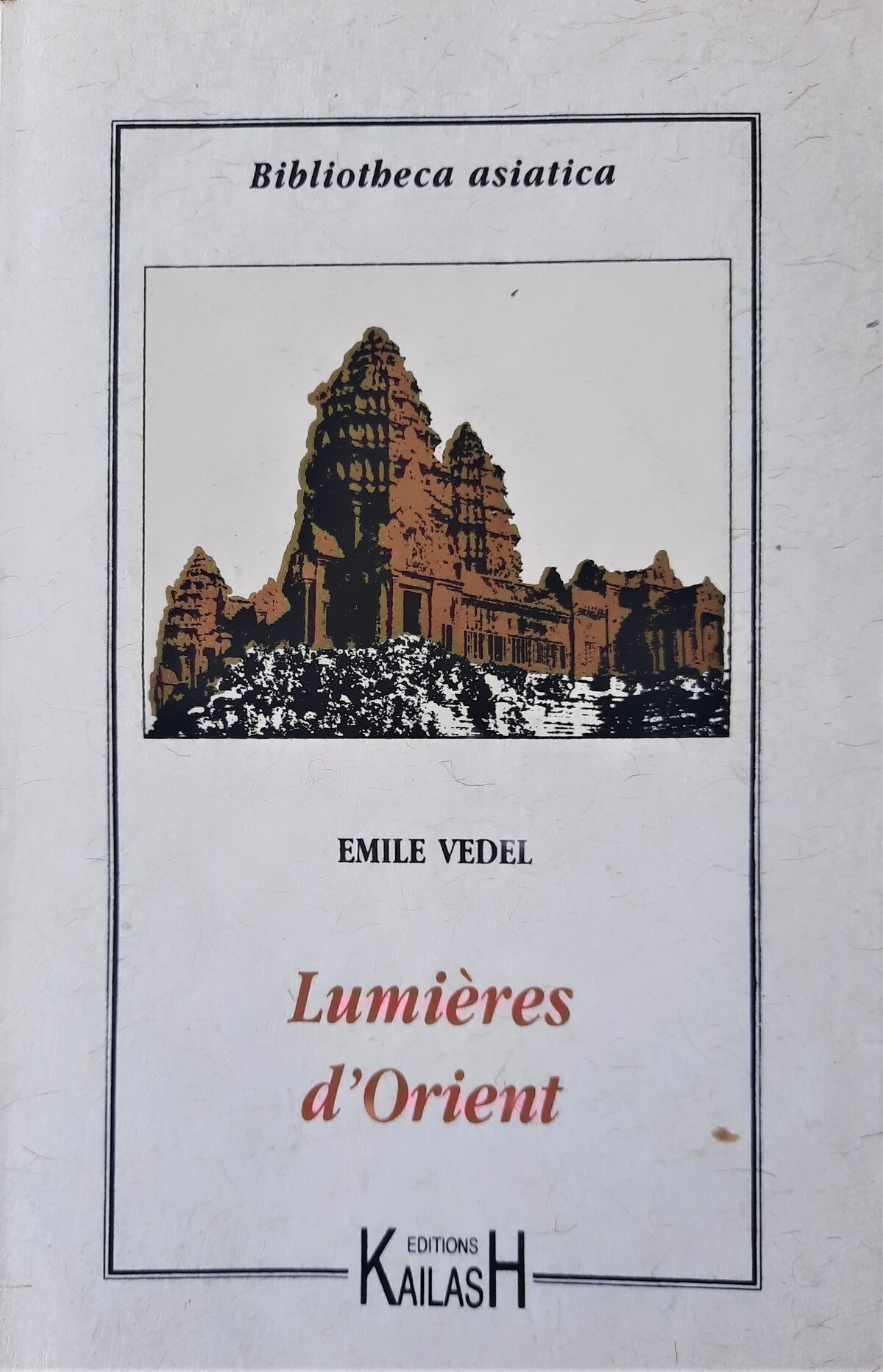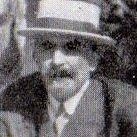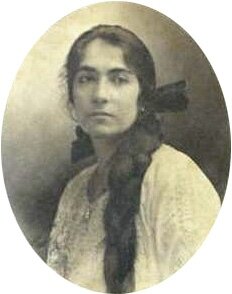Lumieres d'Orient / Eastern Lights
by Émile Vedel
From Ceylon (Sri Lanka), Madurai (South India) and Canton (Guanghzou), an inspiring travelogue towards Angkor, with a magnificient description, and Oceania.

Type: paperback
Publisher: Carnets de voyage, préfacés par Pierre Loti
Edition: Kailash Editions, Paris-Pondicherry, 2009
Published: 1900
Author: Émile Vedel
Pages: 178
ISBN: 9-782842-881838
Language : French
French Navy officer Émile Vedel took an atypical route to Angkor, starting with Ceylon and South India, stopovers that allowed him to better understand the roots of Hinduism and Buddhism, and to prepare himself for the revelation at Angkor.
With a keen eye for artistic details that made a deep impression on his friend novelist Pierre Loti – for instance his description of a classical Indian dance performance in Madurai, page 22 –, the traveler reaches Angkor with clear notions of Buddhist traditions, from Burma and after navigating through the submerged forests of the Tonle Sap.
In fourty inspired pages, he describes Siem Reap, Angkor and some temples nearby, particularly in awe with the Apsara figures. This is probably one of the best descriptions of the Angkorian complex at the time of its ‘rediscovery’ by Western explorers.
To supplement this reading, see Pierre Loti’s Memoirs edited by Émile Vedel.
Tags: travelogue, French explorers, apsara, Bayon, Tonle Sap, rediscovery, French writers, Tonle Sap Lake
About the Travel Writer

Émile Vedel
A close friend to French writer Pierre Loti, Émile Vedel (21 Aug 1858, Marseilles — 12 Fev 1937, Tahiti, French Polynesia) was a naval officer and a writer who traveled extensively through the Far East — he adopted as his daughter the Taihitian princess Takau-Pomare — and wrote one of the first modern descriptions of Angkor. Some literary critics at the time claimed that Loti had plagiarized Vedel’s account in his famous book Un pèlerin d’Angkor.
One of the first submarine commanders in the French Marine Nationale, Émile Vedel authored several travel books and novels, including Lumieres d’Orient or L’ile d’épouvante. With Pierre Loti, he translated into French Shakespeare’s King Lear for Théâtre Antoine in Paris. He was one of the few people at Loti’s deathbed and one of the very few allowed to visit his grave within the walls of his family home on the Isle of Oléron near La Rochelle. Later on, he edited Loti’s Journal and personal papers.
According to Michael G. Lerner (University of Glasgow, 2010), Vedel was “one of the very few allowed to visit Loti’s grave within the walls of his family home on the Isle of Oléron near La Rochelle, [and] later helped to publish letters and extracts from Loti’s diary relating to his stay in Tahiti and his novel based on it, Le Mariage de Loti, and who collaborated with the writer’s son in bringing out more of Loti’s “Journal Intime” under the title Un Jeune Officier Pauvre. […] What bound Loti and Vedel as close friends was, however, not only their interest in literature and drama, but also their careers in the French navy and their travels overseas. Both men spent most of their lives at sea and reached the rank of commandant, and both wrote about their journeys to exotic parts of the French empire as well as novels set in Brittany.”

